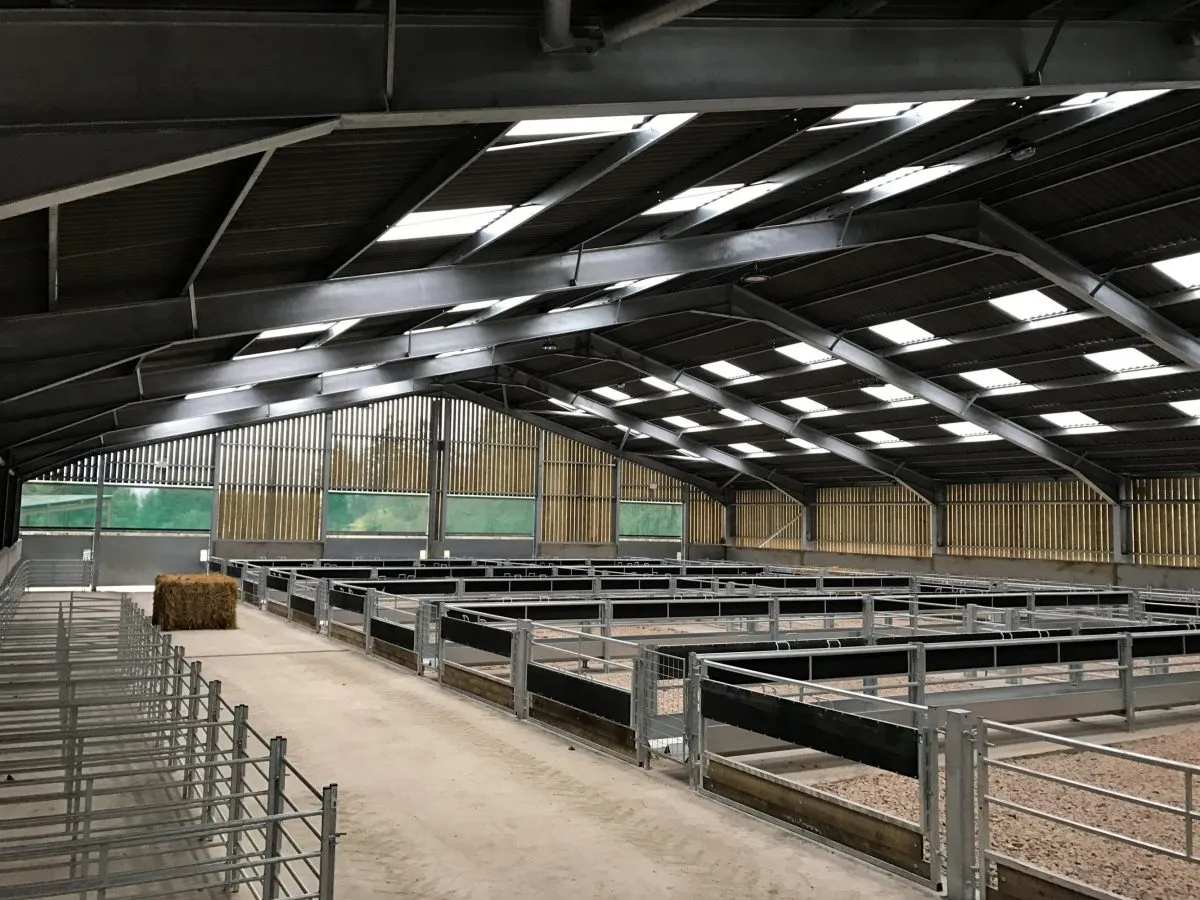As more pet owners seek natural and holistic alternatives for managing their dogs' health, TCM offers a promising avenue. Many veterinarians are now integrating TCM principles into their practices, providing a complementary approach to conventional veterinary care. This integrative model can lead to improved health outcomes for dogs, helping to address both immediate health issues and long-term wellness.







